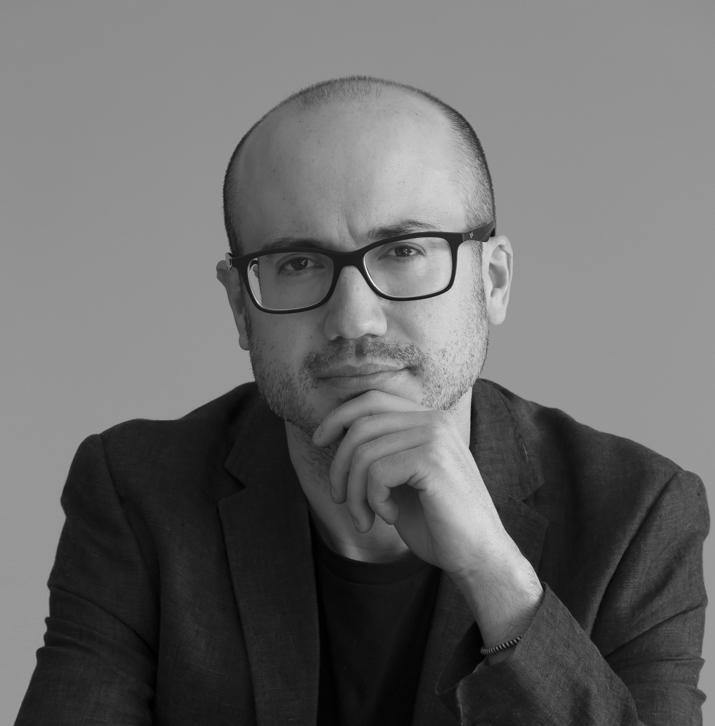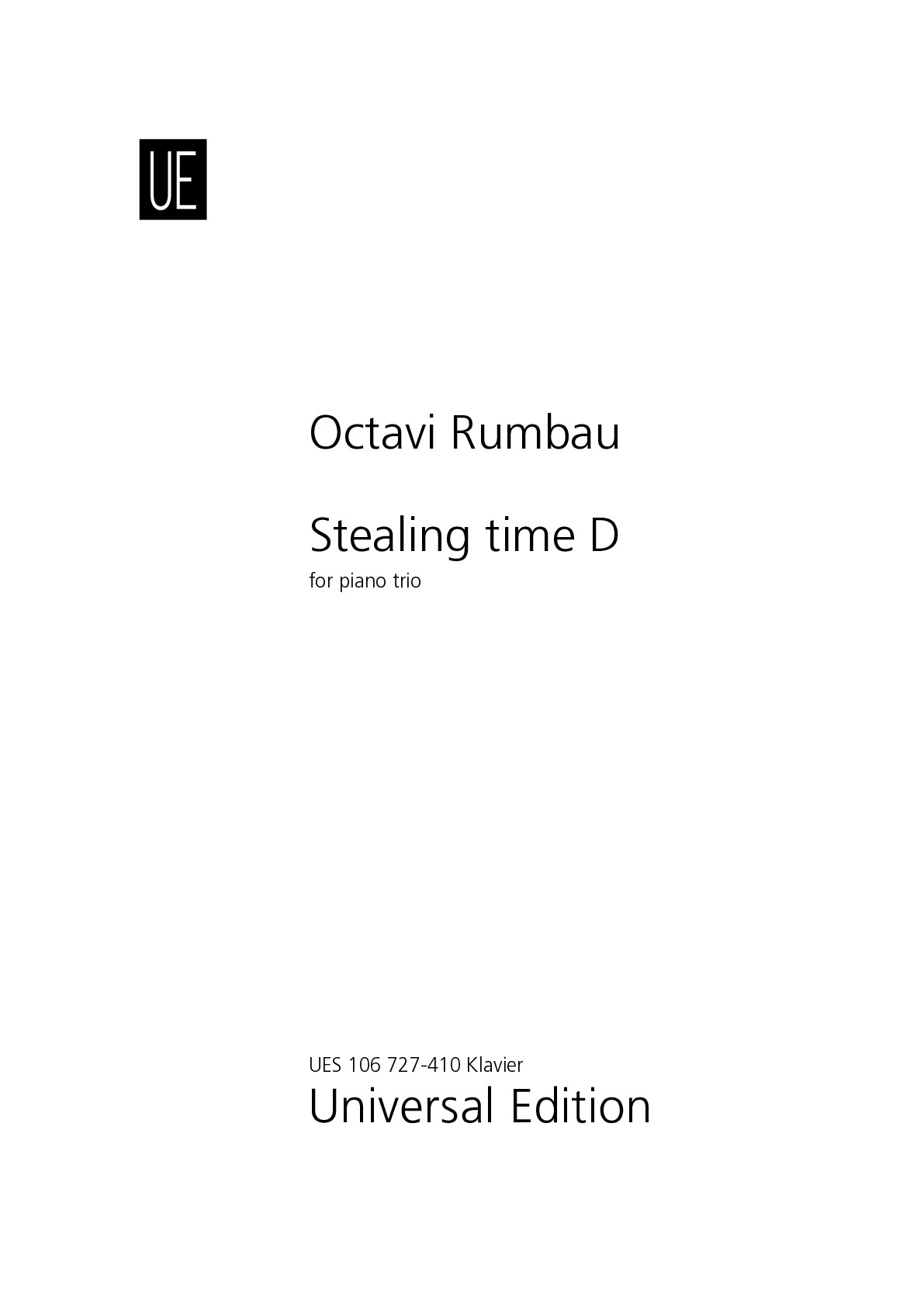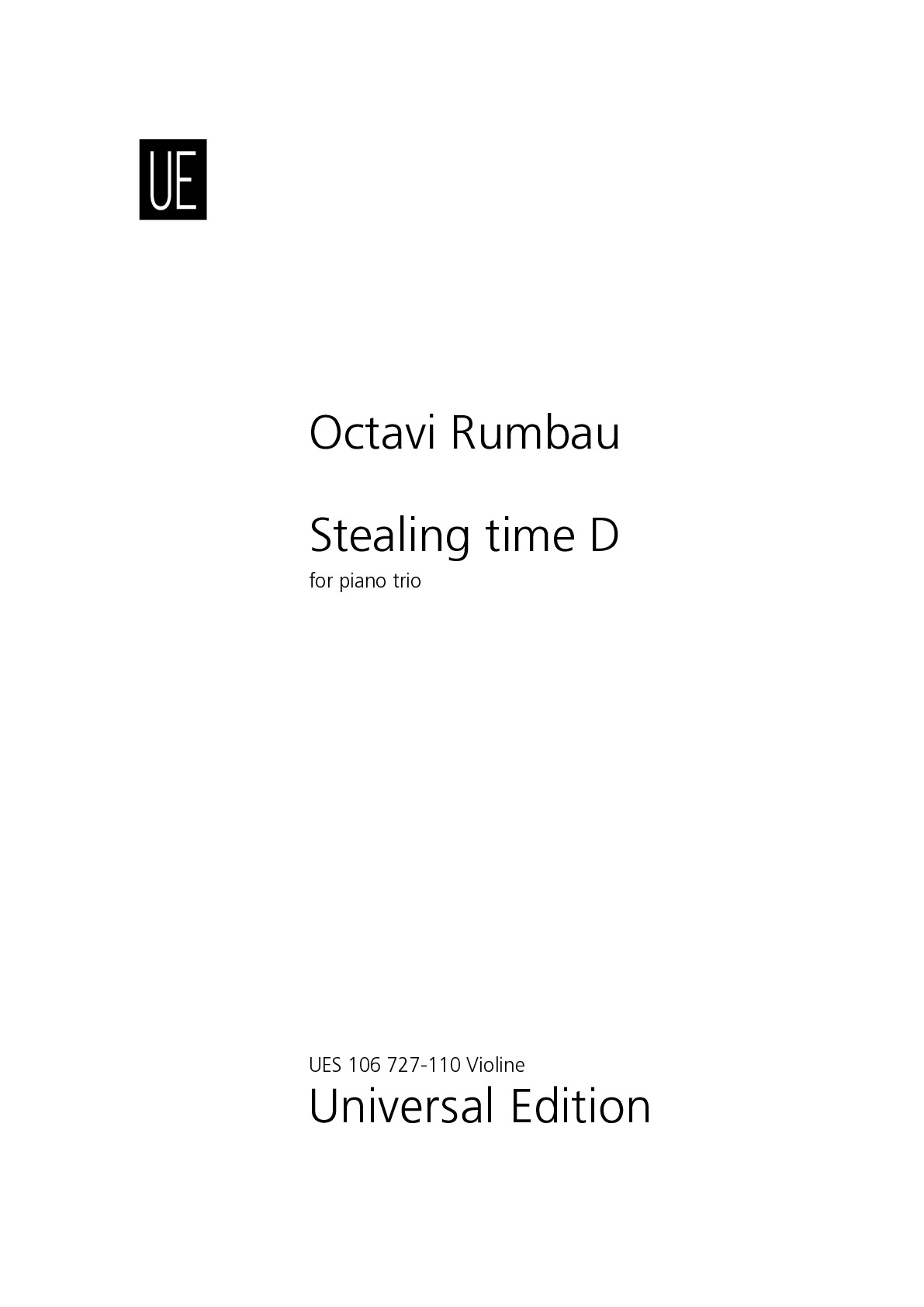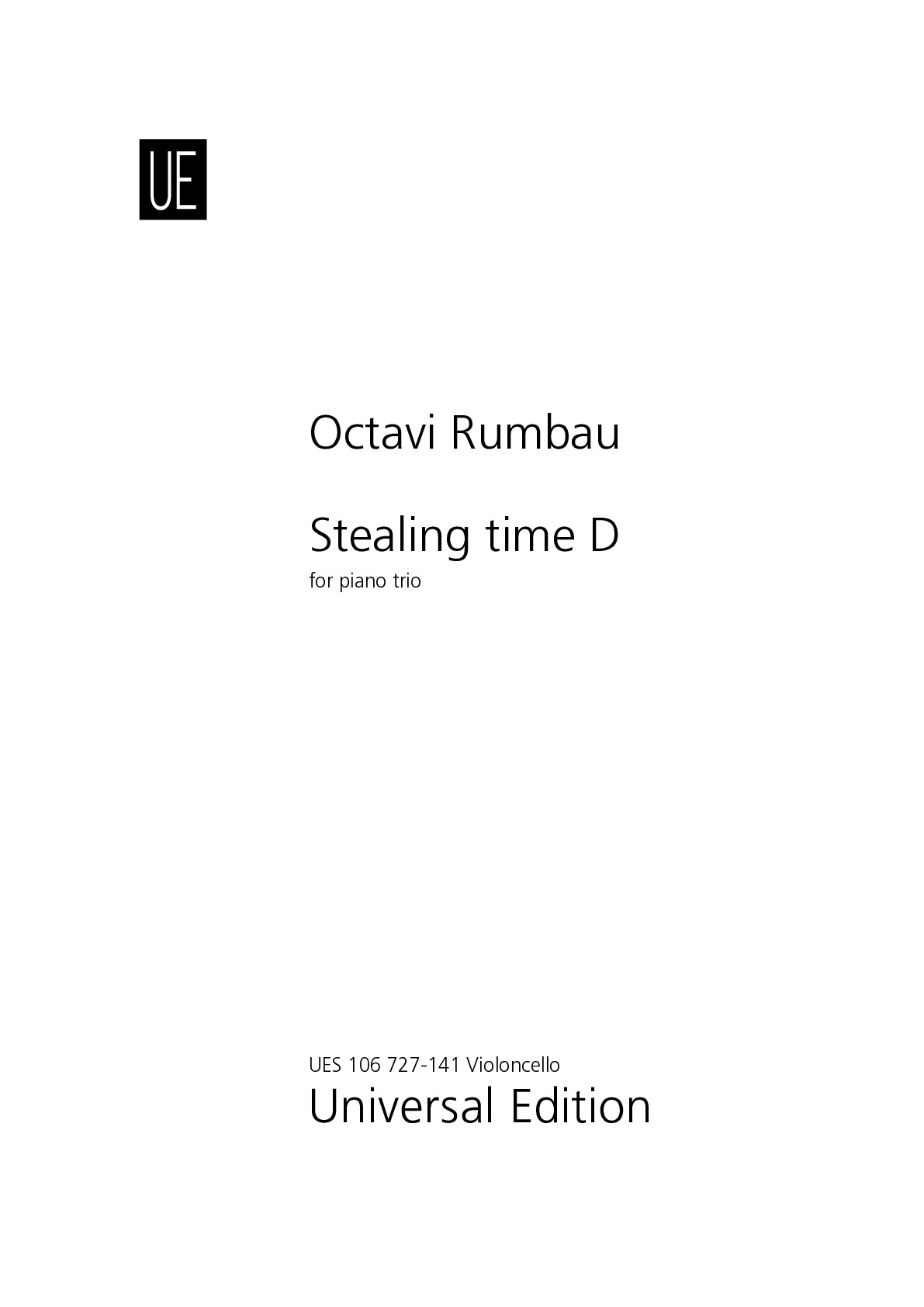

Octavi Rumbau
Stealing time D
Duration: 7'
Instrumentation details:
piano
violin
violoncello
Stealing time D
Sample pages
Audio preview
Work introduction
Stealing time D, for violin, cello and piano and about six minutes long, is a commission by Joventuts Musicals de Catalunya. World Premiere on 15 April, 2023 by Jakob trio (Moià, Spain).
The seed that articulates the aforementioned cycle is based on experimentation around a technique I have been working on lately: the rhythmic canon by tessellation. In order to understand this certainly abstract concept, we can think of the mosaics of the Nasrid palaces of the Alhambra. The craftsmen who made them worked intensively on the different ways to modify certain geometric figures so that they could be complementary to each other forming a pattern: the indispensable condition was that all the space had to be occupied without leaving no holes and never overlapping each other. This is called tessellating or tiling a surface. Symmetry in its broader conception of the term is the key to this technique. In music we obviously cannot tessellate in two dimensions but in one, that of time.
On the one hand, we observe the piano unfolding over time a rhythmic canon by tessellation in a very progressive, almost fractal way, and in a constant process of speeding up and decreasing the tempo. Towards the middle of the piece, the canon folds back somehow returning to its origin as if it were a mirror. On the other hand, the violin dedicates itself to making a motif proliferate throughout the piece in a very progressive and obsessive manner, contracting the time between each of its appearances, that is to say, the silence shortens until its disappearance definitely, not the reason. But unlike the piano, the tempo of this violin motif is stable and unchanging: it does not speed up or slow down at any time. A certain paradox is therefore created between both instruments thanks to the contradiction of tempos and rhythms, and between the perception of a linear and circular musical time. The cello plays an intermediate role between the violin and the piano: if on the one hand it is completely synchronized with the piano in terms of tempo, on the other it acts as a mirror of the violin motif.



